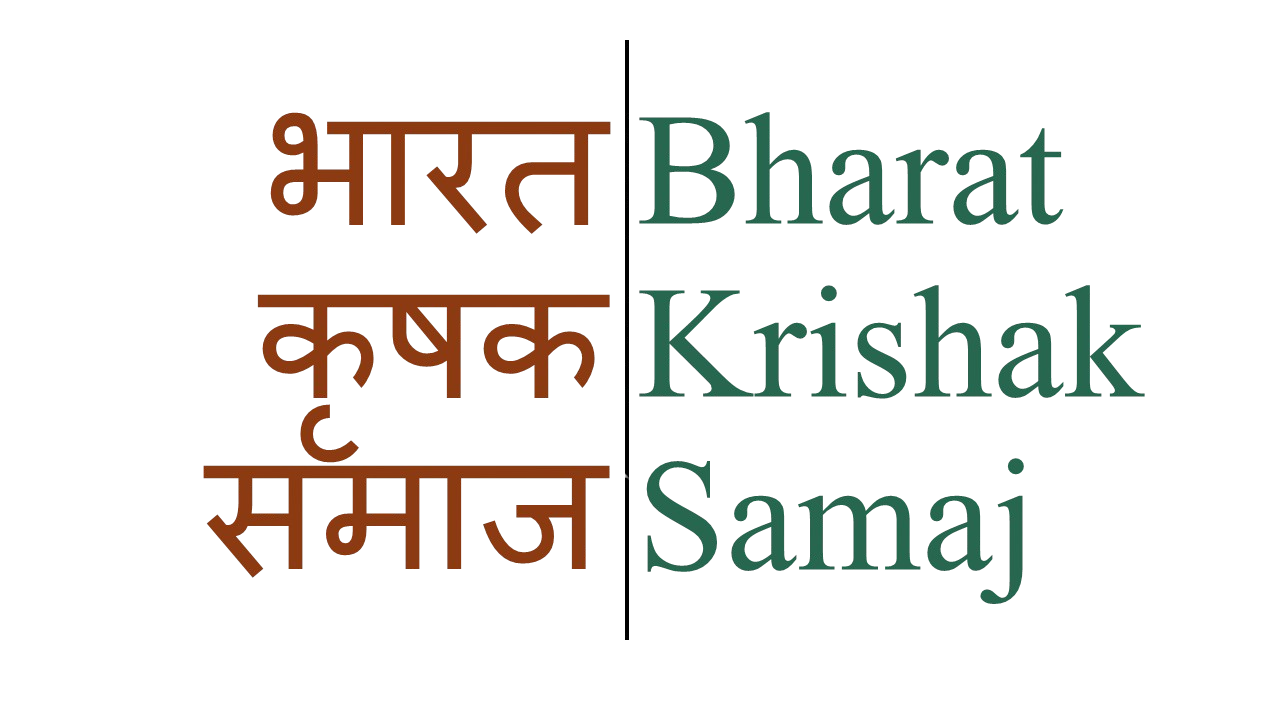Credit remains a problem for small and marginal farmers. Advances with a credit limit of less than ₹2 lakh declined from 82.6 per cent in 1990 to 44.3 per cent in 2010 of the total.
A new governor has taken charge of the RBI at a time when farmers are threatened on a scale without precedence in the history of independent India. Agricultural growth is pivotal to any strategy to reduce hunger and poverty. That it is suffering is also evident from the fact that food inflation is at a three-year high and supply is unable to keep up with the rising demand. Any strategy to rectify this problem must focus heavily on creating easy access to cheap credit for small and marginal farmers.
R. Ramkumar, associate professor at TISS, has studied rural credit extensively and observed that the acceptance of a majority of the recommendations of the Narasimham Committee on Banking Sector Reforms resulted in diluting priority sector lending norms. This led to a large-scale closure of rural bank branches and skewed credit deployment. A lot that had been achieved, over several years, with respect to rural credit was reversed after the 1991 liberalisation by the then finance minister.
The rate of growth of agricultural credit fell from 6.8 per cent to a meagre 2.6 per cent per annum between 1991 and 2001. Agricultural credit grew even slower than the rural population during this period. In 2004, Prime Minister Manmohan Singh declared the government’s intention to double the flow of credit to agriculture over a period of three years. If the government had managed to achieve this, India would not be facing the crisis of agricultural growth and productivity that it is today.
According to official figures, agricultural credit dispersal increased from ₹51,229 crore in 2002 to ₹5,10,728 crore in 2011-2012. Agricultural credit grew by 17.6 per cent per annum during this period. However, more than 60 per cent of the poor farmers in the country still have no access to institutional credit, despite the government’s aggressive expansion. Broadly speaking, agricultural finance comprises loans provided directly to cultivators, known as direct finance. Credit given to institutions that are supposed to support agricultural production in rural areas, is known as indirect finance.
The so-called growth of agricultural credit was the outcome of a series of definitional changes, which have been put into effect since the beginning of financial liberalisation. Of the total increase in credit supply between 2000 and 2011, about 33 per cent was contributed by indirect finance, up from 18 per cent in 1990. It is preposterous that the expansion of credit is thus publicised, when in fact the proportion of advances with a credit limit of less than ₹2 lakh declined from 82.6 per cent in 1990 to 44.3 per cent in 2010.
A loan above ₹2 lakh can scarcely be termed as one to a small or marginal farmer. Even though such farmers comprise 80 per cent of the agricultural population, they only got 5.71 per cent of the total institutional credit in 2011-12. On the other hand, the percentage of advances with a credit limit above ₹10 crore increased sharply, from 1.3 per cent in 1990 to 20.4 per cent in 2010. This category accounted for all the growth in indirect finance. Even in the direct finance category, loans up to a credit limit of more than ₹1 crore grew rapidly.
The disparity in terms of access to banking services has widened. For instance, between 1997 and 2006, dalit and adivasi women’s share of total bank credit seems to have declined from 4.8 per cent to just 1.3 per cent. It has not helped that rural co-operative banks have not been able or allowed to compete with commercial banks. For example, in my village, farmers who took loans directly from co-operative banks are not entitled to interest subvention, as farmers who got credit from commercial banks are.
Unfortunately, in 2011, about one-third of total agricultural credit and one-fourth of direct agricultural credit were outstanding in urban areas. Farmers who were living in cities got more credit than those living in the rural areas of West Bengal, Bihar, Orissa, Uttar Pradesh and Jharkhand put together, in 2009. The RBI seriously needs to investigate this lack of credit penetration. New banking licences alone are not going to solve this problem or that of the missing financial integration.




